WTF is an NFT and why was it $800?: A crypto guide for people with NFI
Just when you thought you had your head around Bitcoin ... Patrick James explains why he spent big bucks to buy a “non-fungible token”.
Lifestyle
Don't miss out on the headlines from Lifestyle. Followed categories will be added to My News.
It is an initialism that to many provokes a justified head scratching reaction, but it is worth learning about the intricate world of NFTs.
A non-fungible token, better known as an NFT, is an individualised form of digital artwork that cannot be replicated.
Most importantly, they can be bought and sold just like any physical asset.
Simply put, each NFT that is “minted” has a unique and encrypted coding address, that is unable to be transferred unless facilitated through an official sale or transfer on a marketplace platform like Opensea.
It is therefore unable to be stolen, and similar to tangible artwork, while many can make copies of the Mona Lisa, there is only one original.
A common misconception with NFTs is that anyone can simply download the picture file to their computer. But while that person might have a copy of the original, ownership is not transferred, hence the Mona Lisa example.
But you are probably wondering where to even start, and how you become involved in purchasing an NFT.
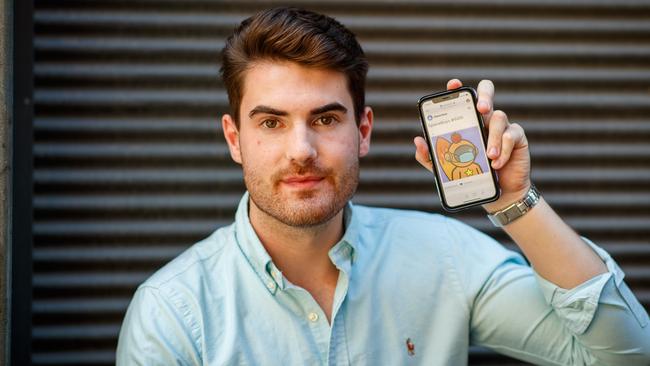
Personally, I spent a number of hours researching before making the plunge, and I cannot stress the importance of doing your homework enough.
There are millions of different NFTs you can buy, and if you are interested in a profit, there should be certain considerations.
Firstly, never in any situation invest more than you can afford to lose.
Take some time to research around Twitter, Reddit and other social media, especially YouTube, about who to follow, because projects backed by big players do well.
When you are ready to make your first purchase you will need to ensure you have a few things in order: a crypto exchange account like Binance or Coinspot, a ‘hot wallet’ such as Metamask to add as an extension on your internet browser, an Opensea account and an amount of $AUD you are willing to spend.
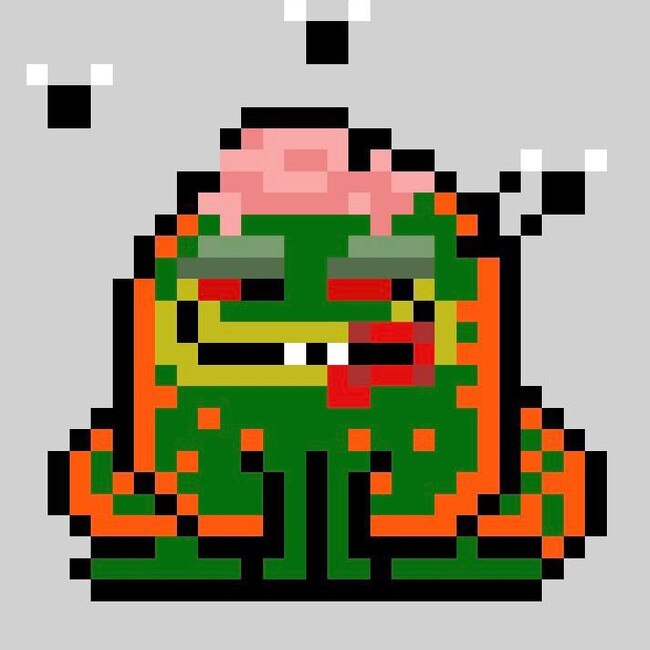
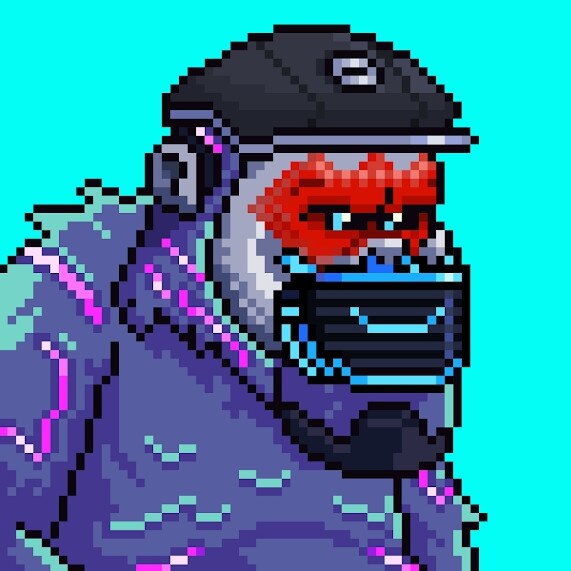
A hot wallet is stored in a personal archive rather than a large exchange, and has a unique ‘seed phrase’ to gain entry to the account.
The purpose of a hot wallet is to interact directly with the Ethereum blockchain.
You may send cryptocurrencies to your hot wallet through a multitude of methods. The most common is using a popular exchange such as Binance, Coinspot or Coinbase, and sending the currency from your exchange wallet to your hot wallet.
Signing up for an exchange requires ID verification, so keep this in mind if your purchase is time-based.
The transaction process takes some practice, but it will eventually make sense.
A majority of NFTs require the cryptocurrency Ethereum to purchase them. Some NFTs on platforms other than Opensea can use $AUD or even other cryptocurrencies such as Solana to purchase.
Initially, you need to buy the amount of Ethereum required to purchase the NFT on your chosen platform using $AUD, or $USD if you are using an international exchange. You can see NFT prices on Opensea.
Remember to consider an extra allowance for ‘gas’ fees, that act as a tax for buying and selling NFTs.
Gas is an incentive you give ‘miners’, those who create cryptocurrency tokens, to perform your transaction. Gas prices vary on how busy the market is.
Once your Ethereum is in your hot wallet, sent by copying your unique hot wallet ID to your exchange account, you can make a purchase.
But you must be willing to lose it all, I cannot stress this enough.
I purchased a SpaceBoys NFT for about $US800 in October last year as I believed the project would rise in value. It is now worth a minimal amount, but I understood the risk of buying it, and was not bothered due to other successes.
In the same vein, I missed the opportunity to buy a Roboto NFT for $US400, that eclipsed $US5000 at its peak a few months ago.
Each NFT purchase and sale is a learning experience, allowing you to gain a greater understanding of the complex world.
The NFT world is by no means a joke. Popular collections, such as Bored Apes Yacht Club, limited to 3000 NFTs, have a total sales volume of $US2b and are owned by celebrities such as Eminem, Justin Bieber and Serena Williams.
Co-founder of Crypto SA, Yawn Rong, an Adelaide-based business that assists crypto start-ups and handles million-dollar transactions, said NFTs can be thought of in two phases.
Booming to popularity in 2018, the first phase of NFTs was to buy the JPEG picture file as a form of social status, Mr Rong said.
Collections like Bored Apes and CryptoPunkz have recorded over $US3b of sales between them, while NBA Top Shot, an NFT collection based on basketball trading cars, has sold nearly $1b worth of NFTs.
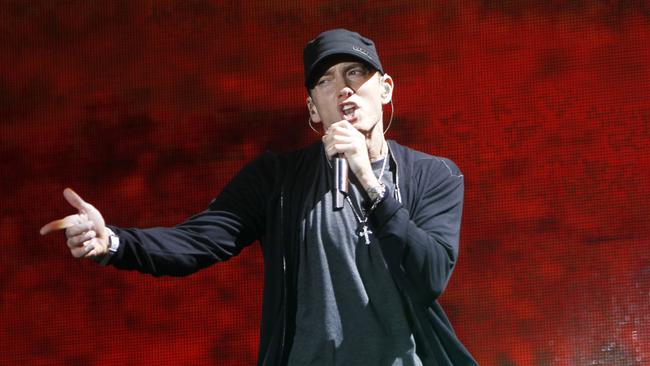
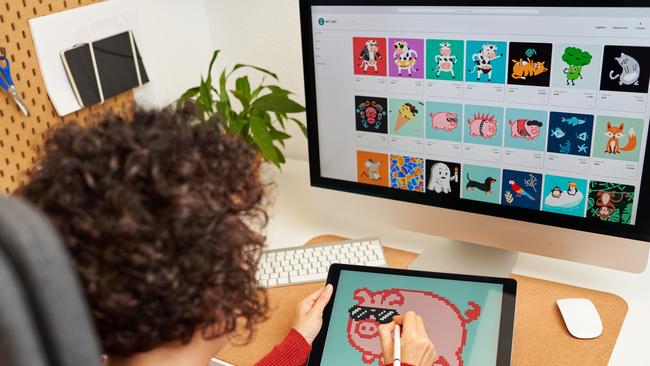
Twitter chief executive, Jack Dorsey, sold his first-ever Tweet as an NFT for over $US2.9m in March last year.
Recently, iconic wine brand Penfolds created a $US130,000 NFT collection for its limited-edition Magill Cellar 3 barrel.
During Covid-19 lockdowns, Mr Rong said NFTs jumped in popularity as people were isolated and could not express themselves face-to-face.
Twitter punters turned to buying NFTs and changing their profile display photos to show-off their purchases, as a form of gaining social status, he said.
“In the middle of Covid, when social engagement was limited offline, for [people] to talk online they need to identify quickly, who should I talk to, because the noise on the Twitter is just ridiculous,” Mr Rong said.
“The [profile] image became the perfect filter for that.
“This becomes almost like when you when you go into the upper echelon, you have this exclusive social club or a country club, so you have to pay a very expensive ticket.”
But NFTs are not solely a tool for social status.
Mr Rong said NFTs are beginning to move towards a more versatile utility.
Some NFTs can be purchased to be used in online video games, such as character clothing and items, that have more rarity than others.
A virtual horse racing start-up, DeRace, allows users to purchase NFT stallions, each with varying performance and aesthetic ‘traits’ that dictate its price, to use in online racing.
CoolCats NFTs allow owners to hatch an NFT pet cat from an egg, feeding it with crypto tokens to allow it to grow.
Mr Rong said the simplest way to describe the second phase of NFTs was ownership of digital property, such as cars, land and gaming supplies to use in the metaverse.
The metaverse is a 3D online immersive space that is still in its infancy, but Facebook’s decision to rebrand its company to Meta and invest in the realm shows positive signs for its future.
But that is a discussion for another day.
This is not financial advice. The author is not a financial adviser and this article is purely for educational purposes only.





